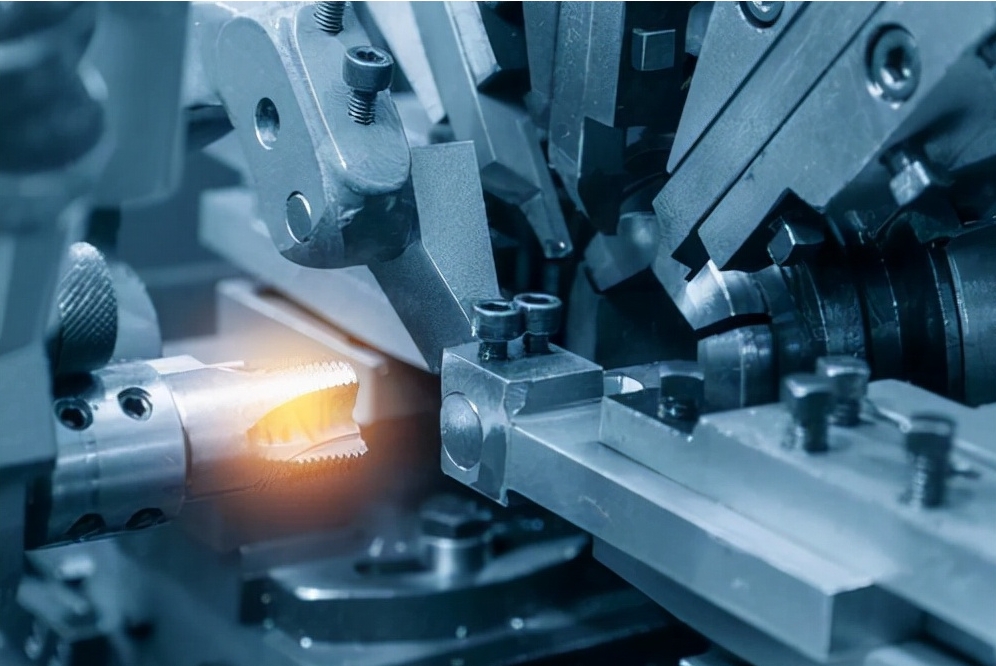CNC Machining Quality Supervision: Full Process Control from Material Selection to Finished Product+ View more
CNC Machining Quality Supervision: Full Process Control from Material Selection to Finished Product
+ View more
Date:2024-03-15 16:00
CNC machining stands as a core technology in modern manufacturing, with product quality directly impacting business competitiveness and market positioning. Achieving full process quality control from raw material selection to the final product is essential for ensuring manufacturing precision and enhancing customer satisfaction. This article will detail how to implement effective quality supervision, illustrated through a real-world application.
Raw Material Selection and Preprocessing
Quality machining starts with quality materials. Selecting appropriate materials and performing material characteristic analysis is the crucial first step. For instance, high-strength, corrosion-resistant titanium alloys are often required for aerospace component machining. Before use, materials can be tested using methods such as X-ray Fluorescence (XRF) spectroscopy to ensure they meet strength and purity requirements.
Precision Design and Programming
Advanced CAD/CAM systems for product design and programming can eliminate many potential sources of error before machining begins. These systems enhance the manufacturing process's precision, such as optimizing cutting paths through computer simulations to avoid collisions and over-cutting, and predicting tool wear.
Choice and Maintenance of Machining Equipment
Choosing the right CNC machine and maintaining its optimal running condition is another critical aspect of quality supervision. For example, a CNC machine with temperature compensation can reduce size variability caused by thermal differences, safeguarding machining accuracy. Regular maintenance routines, such as calibration and lubrication, are also indispensable steps.
Process Monitoring and Automated Inspection
Applying real-time monitoring systems during the machining process, like vibration analysis and mechanical testing, enables tracking of the machining status and timely parameter adjustments to prevent defects. Furthermore, automated online quality inspection devices, such as Coordinate Measuring Machines (CMMs), allow for immediate precise measurement of parts after machining, ensuring the accuracy of product dimensions and shape.
Final Inspection and Feedback
All machined parts must go through a rigorous final inspection process, including checks for dimensions, tolerances, surface roughness, and other indicators. Collecting and analyzing this data is vital for providing feedback to improve future machining processes.
Real-World Case: Manufacturing of the Boeing 777 Aircraft
Taking the Boeing Company's manufacturing of the Boeing 777 aircraft as an example, this model uses extensive CNC machining techniques. In producing the wing support trusses for the Boeing 777, high-strength aluminum alloy materials were selected, and advanced 5-axis CNC machines were employed. With online laser scanning technology and CMMs, Boeing could perform precise measurements on the trusses during and after machining, ensuring each part's tolerance was within ±0.1mm. Such precise control not only improved the aircraft's safety performance but also shortened production cycles and reduced costs.
Conclusion
The quality supervision of CNC machining is a complex and meticulous process that involves participation and control across the entire chain, from raw material selection to final product inspection. Implementing advanced technology and strict management can ensure product quality while also enhancing production efficiency and market competitiveness. As shown in the case of the Boeing 777 aircraft production, full process control is key to achieving high-quality outcomes. With ongoing technological advancements, we look forward to CNC machining reaching even higher standards of quality in the future.
Share to:
Recommend wonderful blog posts

